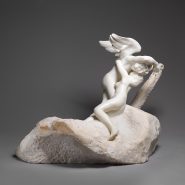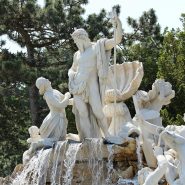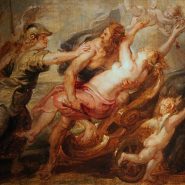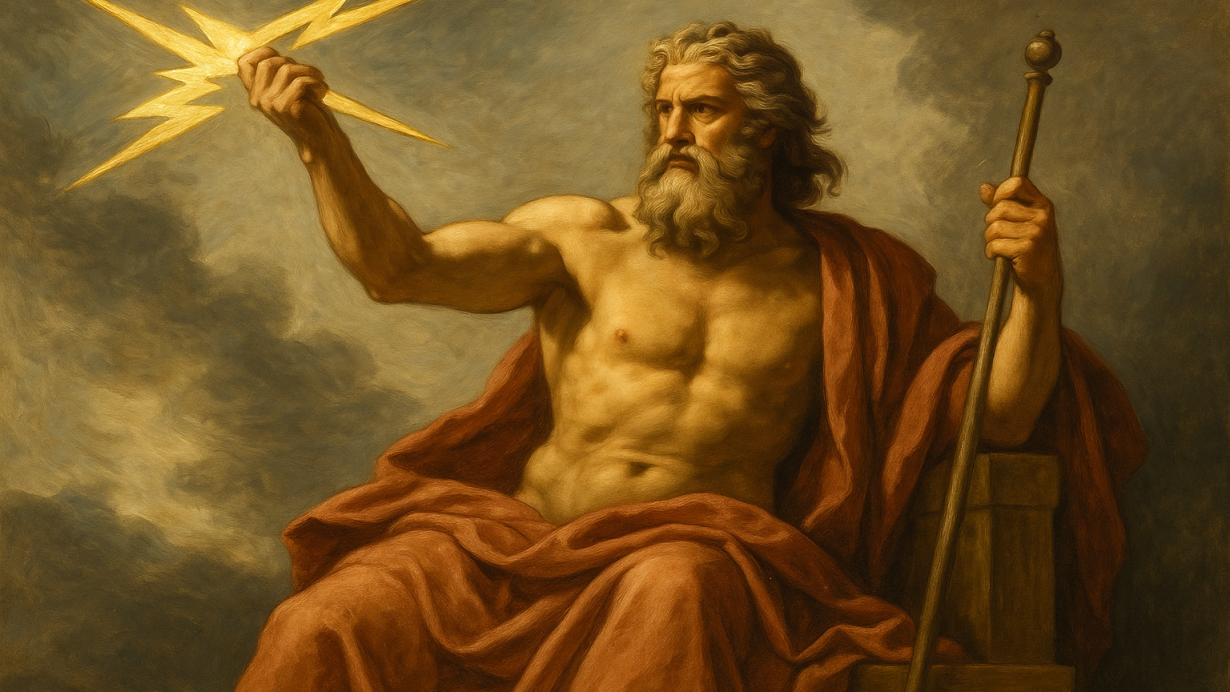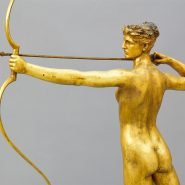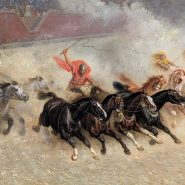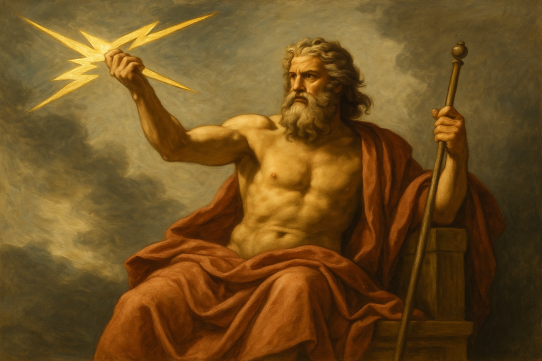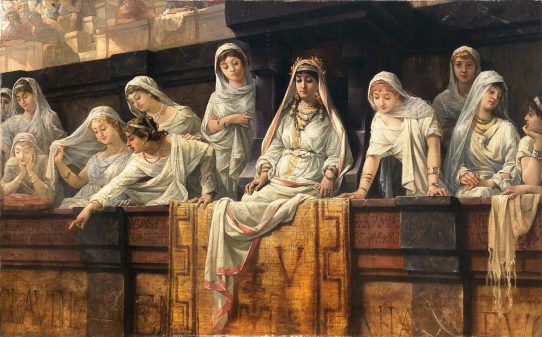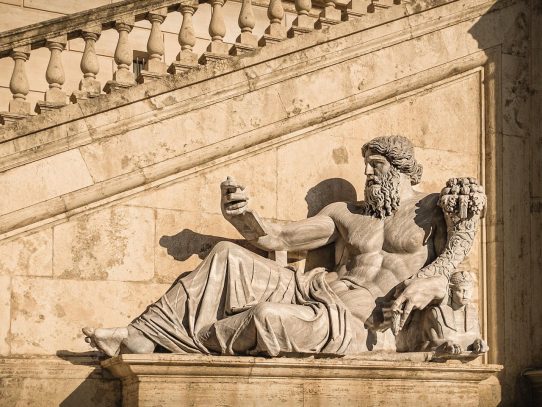Few symbols in Roman mythology carry as much force, awe, and divine authority as Jupiter’s thunderbolt. It was not simply a weapon, but an emblem of dominion over heaven and earth — a sign that the king of the gods ruled by the will of the cosmos itself. In Roman art, poetry, and religious ritual, the thunderbolt stood for both destruction and protection, a reminder that divine order depended on the balance between wrath and mercy.
Origins of the Thunderbolt in Myth
The thunderbolt’s story begins in the dawn of Roman religion, inherited from the Greeks yet reshaped in the Roman imagination. When Jupiter (the Roman equivalent of Zeus) ascended to power after overthrowing Saturn, he was armed by the Cyclopes with three thunderbolts, each forged in the fiery heart of Etna. These weapons granted him mastery over the elements, allowing him to hurl lightning to punish the proud, to signal divine displeasure, or to clear the skies and restore harmony.
To the Romans, Jupiter’s control over lightning was proof of his supremacy among the gods. Unlike Mars, who ruled through battle, or Neptune, who governed the sea, Jupiter’s rule extended to the heavens — the highest and most sacred realm. The thunderbolt was thus the natural extension of his authority: radiant, violent, and beyond human reach.
Symbolism and Religious Meaning
In Roman religion, symbols were more than metaphors; they carried spiritual presence. The thunderbolt symbolized Jupiter’s absolute power to enforce justice and to preserve cosmic order. Its sudden flash across the sky reminded mortals that the gods watched over their deeds. Temples dedicated to Jupiter often bore bronze or gold representations of thunderbolts, placed upon his statues or engraved on altars, reinforcing his role as the arbiter of divine law.
The symbol also carried moral weight. A thunderbolt striking the earth was interpreted as a form of fulgur, a celestial omen that demanded interpretation by priests known as fulguratores. They would determine whether Jupiter’s strike signified favor or warning. In this way, the thunderbolt became both a theological and civic tool — an instrument through which divine will was communicated to the Roman state.
Depictions in Art and Architecture
Roman artists depicted Jupiter with the thunderbolt clasped firmly in one hand, often poised to throw it while seated upon a throne or standing in commanding posture. Coins from the Republic and Empire periods frequently bore this image, symbolizing imperial authority as an extension of Jupiter’s divine right. The message was clear: the emperor ruled not merely through politics, but through the sanction of the gods.
The thunderbolt motif appeared widely in architectural ornamentation — carved into temple friezes, military standards, and even funerary monuments. Soldiers wore it as an emblem of protection, believing Jupiter’s power could turn aside enemy weapons. The thunderbolt’s zigzag or trident-shaped form became instantly recognizable throughout the Roman world, a mark of divine energy and celestial justice.
Rituals and Worship
In Roman religious practice, Jupiter’s thunderbolt featured prominently in rites invoking his favor before battles or during times of natural turmoil. Offerings were made to placate his storms, and during the Ludi Romani (the Roman Games in his honor), thunder and lightning were interpreted as signs of his presence. Priests of Jupiter, known as flamines, would sometimes carry ceremonial staffs or scepters tipped with miniature thunderbolts, symbols of his authority passed into human hands.
The thunderbolt also marked sacred boundaries. When lightning struck a site, it was often declared consecrated — a locus fulguritus — and protected from further disturbance. This reinforced the belief that Jupiter’s lightning cleansed the world, dividing the sacred from the profane.
Legacy and Influence
The thunderbolt’s symbolism endured long after the decline of Roman paganism. In Christian iconography, echoes of Jupiter’s thunderbolt reappeared in depictions of divine wrath, judgment, and celestial fire. Later, Renaissance artists revived the image of the thunder-hurling Jupiter as a symbol of supreme authority and creative energy. Even in modern times, the thunderbolt remains a powerful emblem — from heraldry and military insignia to popular culture — representing strength, illumination, and divine power.
At its core, the thunderbolt symbolizes the ancient Roman conviction that order must be maintained through power tempered by wisdom. For Jupiter, that power was not arbitrary: it was the light that preserved balance between gods and men, chaos and harmony.
